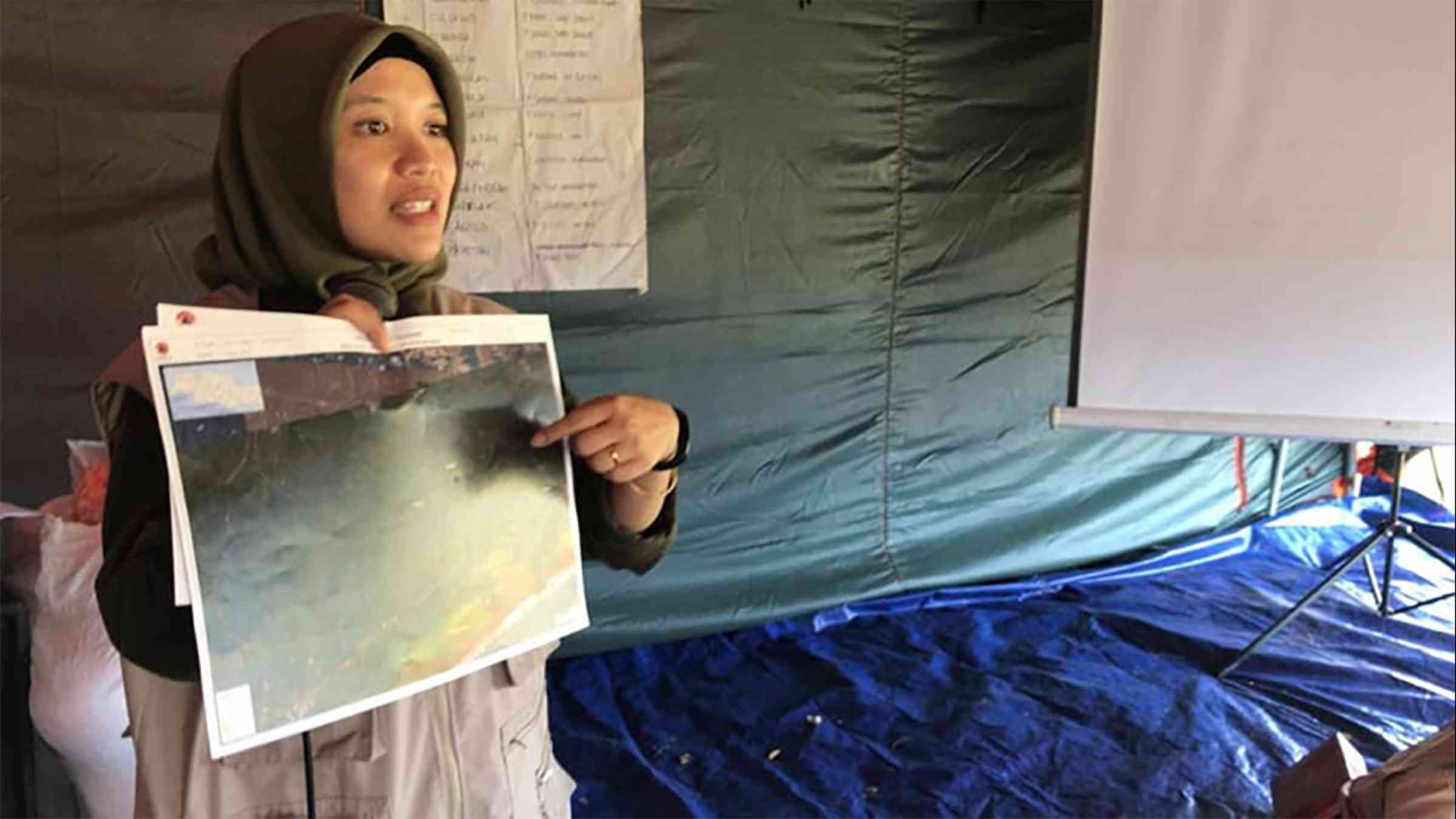The 2015 Global Assessment Report on Disaster Risk Reduction (GAR15), prepared by the UN Office for Disaster Risk Reduction (UNISDR) was launched on 4 March in New York City by the Secretary-General Ban Ki-moon,and states that economic losses from disasters are now reaching an average of US$250 billion to US$300 billion annually.
The GAR main document is the product of efforts of many partner authors that contributed the building blocks of the GAR, components addressed through a series of activity streams coordinated by and with UNISDR partners including IRDR.
IRDR contributed to the GAR main document with papers from:
- (IRDR SC Member Susan Cutter) University of South Carolina, 2014 University of South Carolina. 2014. Who needs loss data? Background Paper prepared for the 2015 Global Assessment Report on Disaster Risk Reduction. Geneva, Switzerland: UNISDR.
- (IRDR SC Member Mark Pelling) Pelling, 2014 Pelling, Mark (ed.). 2014. Pathways for Transformation: Disaster risk management to enhance development goals. Background Paper prepared for the 2015 Global Assessment Report on Disaster Risk Reduction. Geneva, Switzerland: UNISDR,
- (IRDR ICoE for Risk Education and Learning (IRDR ICoE-REaL, Ailsa Holloway) Holloway, 2014 Holloway, Ailsa. 2014. Strategic mobilization of higher education institutions in disaster risk reduction capacity-building: Experience of Periperi U. Input Paper prepared for the 2015 Global Assessment Report on Disaster Risk Reduction. Geneva, Switzerland: UNISDR)
The GAR 2015 was presented during the Working Session on Risk Trends during the 3rd UN World Conference on Disaster Risk Reduction in Sendai, Japan by Andrew Maskrey, former IRDR member. Omar Darío Cardona, IRDR SC member and Director of IRDR ICoE in Understanding Risk & Safety (IRDR ICoE-UR&S) presented the Global Risk Assessment methods and the results from the 213 countries. A panel session was also held with former IRDR SC member and 2015 UN Sasakawa awardee Allan Lavell as one of the panelists.
GAR15 estimates that an investment of US$6 billion annually in disaster risk management would result in avoided losses of US$360 billion over the next 15 years. The report states that this US$6 billion is just 0.1% of total forecast expenditure of US$6 trillion annually on new infrastructure.
Margareta Wahlström, head of UNISDR, said: “The 2015 Global Assessment Report demonstrates clearly that many countries face significant challenges because of their inability to manage the fiscal burden created by large-scale disaster events.”
GAR15, sub-titled “Making Development Sustainable: The Future of Disaster Risk Management”, provides a sober review of the ten years which have passed since the last World Conference on Disaster Risk Reduction in Kobe, Japan, adopted the Hyogo Framework for Action, the global guide for disaster risk management.
Source: Adapted from UNISDR







